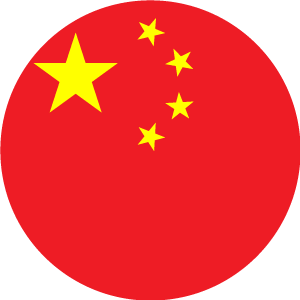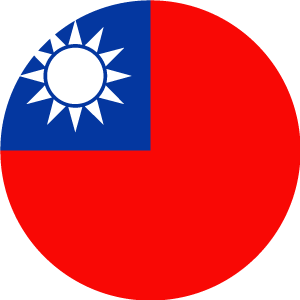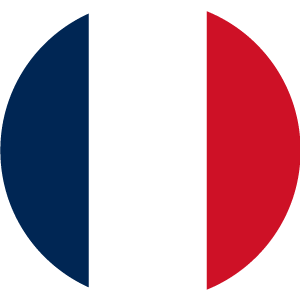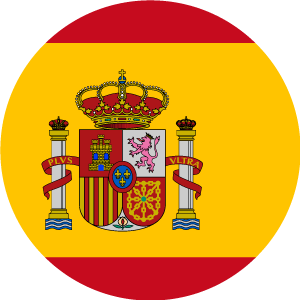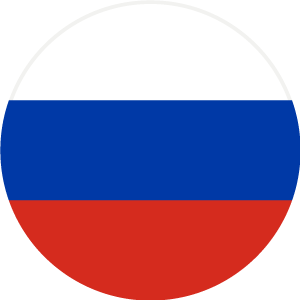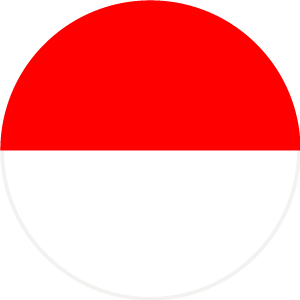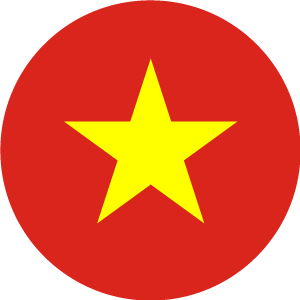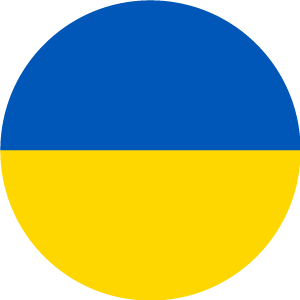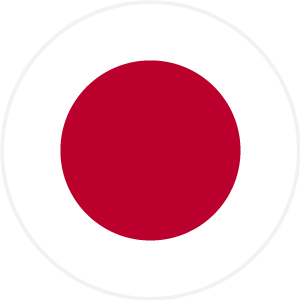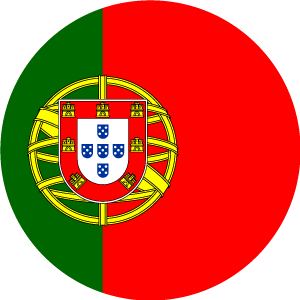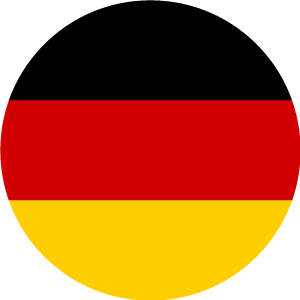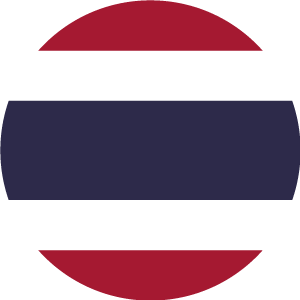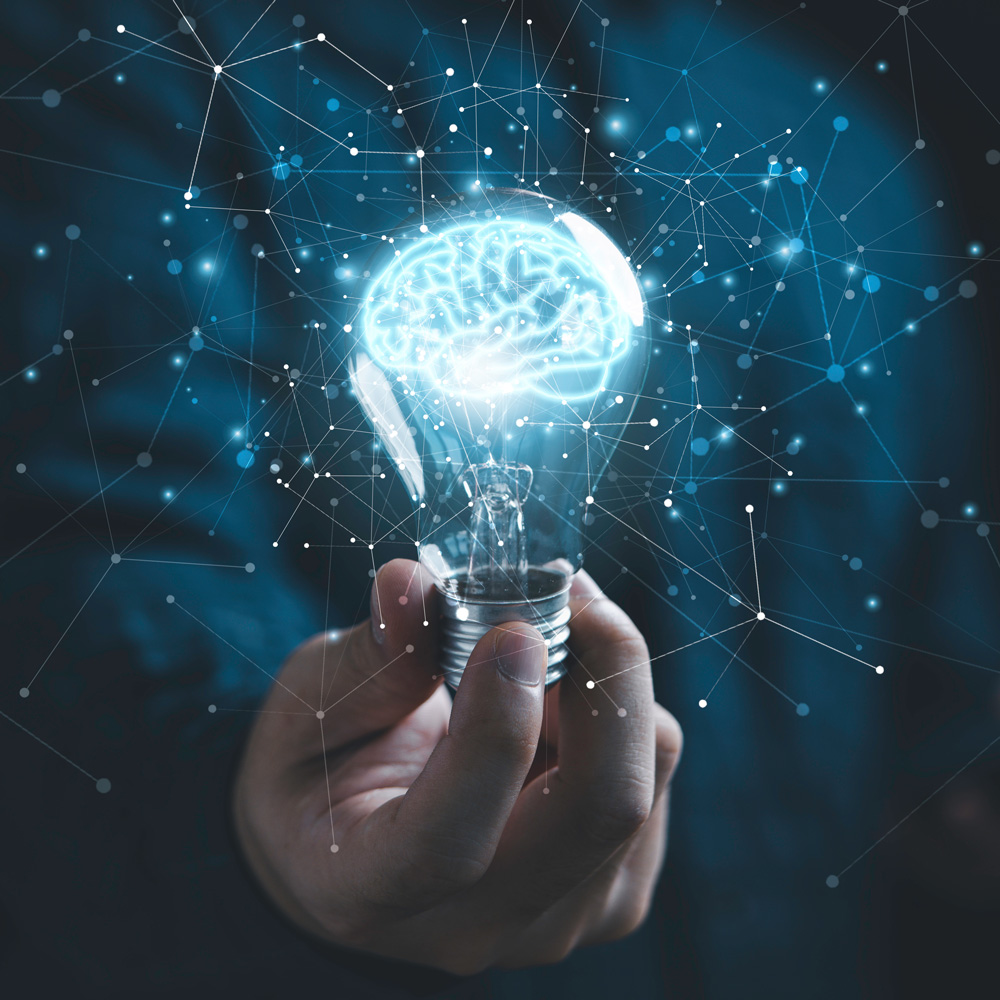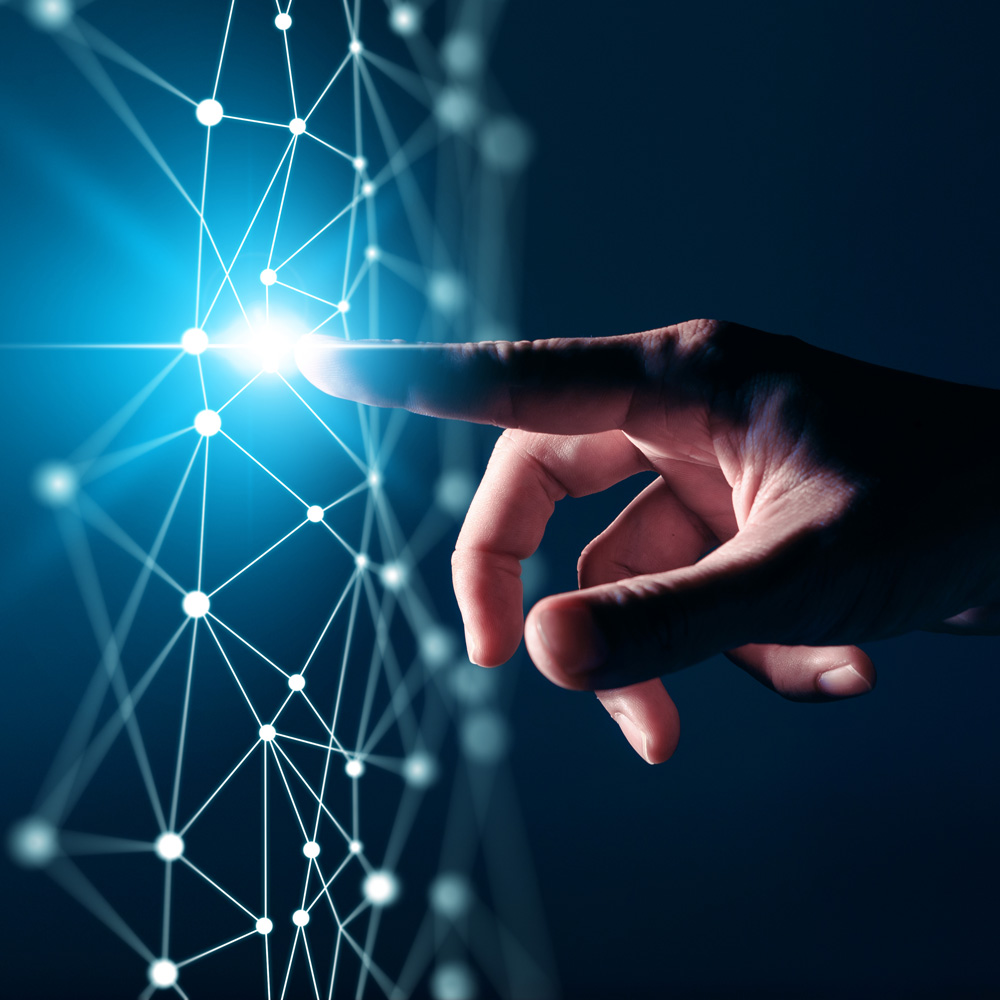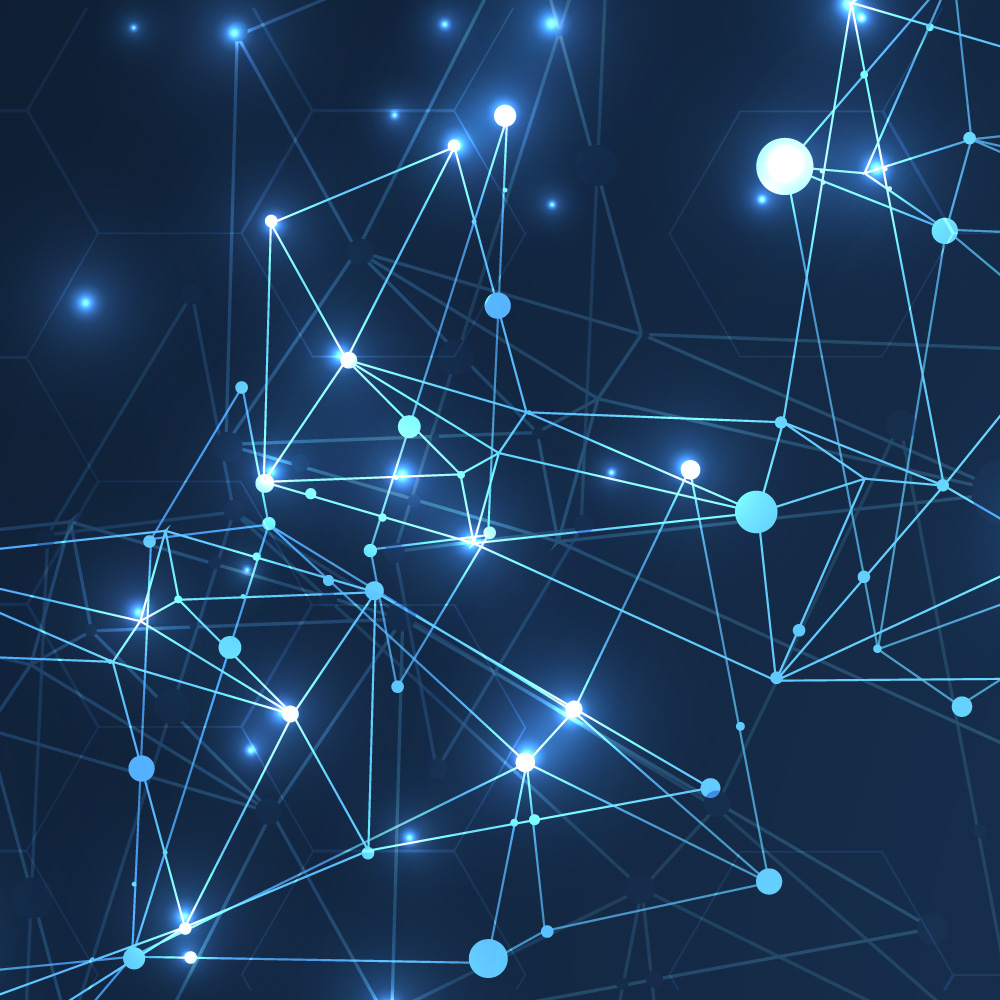Efficient Screen Space Anisotropic Blurred Soft Shadows
Summary :
Shadow mapping is an efficient method to generate shadows in real time computer graphics and has broad variations from hard to soft shadow synthesis. Soft shadowing based on shadow mapping is a blurring technique on a shadow map or on screen space. Blurring on screen space has an advantage for efficient sampling on a shadow map, since the blurred target array has exactly the same coordinates as the screen. However, a previous blurring method on screen space has a drawback: the generated shadow is not correct when a view direction has a large angle to the normal of the shadowed plane. In this paper, we introduce a new screen space based method for soft shadowing that is fast and generates soft shadows more accurately than the previous screen space soft shadow mapping method. The resultant images show shadows produced by our method just stand in the same place, while shadows by the previous method change in terms of penumbra while the view moves. Surprisingly, although our method is more complex than the previous method, the measurement results of the calculation time show our method is almost the same performance. This is because it controls the blurring area more accurately and thus successfully reduces multiplications for blurring.
- Publication
- IEICE TRANSACTIONS on Information Vol.E97-D No.8 pp.2038-2045
- Publication Date
- 2014/08/01
- Publicized
- Online ISSN
- 1745-1361
- DOI
- 10.1587/transinf.E97.D.2038
- Type of Manuscript
- Special Section PAPER (Special Section on Cyberworlds)
- Category
- Rendering
Authors
Zhongxiang ZHENG
Tokyo Institute of Technology
Suguru SAITO
Tokyo Institute of Technology
Keyword
Latest Issue
Copyrights notice of machine-translated contents
The copyright of the original papers published on this site belongs to IEICE. Unauthorized use of the original or translated papers is prohibited. See IEICE Provisions on Copyright for details.
Cite this
Copy
Zhongxiang ZHENG, Suguru SAITO, "Efficient Screen Space Anisotropic Blurred Soft Shadows" in IEICE TRANSACTIONS on Information,
vol. E97-D, no. 8, pp. 2038-2045, August 2014, doi: 10.1587/transinf.E97.D.2038.
Abstract: Shadow mapping is an efficient method to generate shadows in real time computer graphics and has broad variations from hard to soft shadow synthesis. Soft shadowing based on shadow mapping is a blurring technique on a shadow map or on screen space. Blurring on screen space has an advantage for efficient sampling on a shadow map, since the blurred target array has exactly the same coordinates as the screen. However, a previous blurring method on screen space has a drawback: the generated shadow is not correct when a view direction has a large angle to the normal of the shadowed plane. In this paper, we introduce a new screen space based method for soft shadowing that is fast and generates soft shadows more accurately than the previous screen space soft shadow mapping method. The resultant images show shadows produced by our method just stand in the same place, while shadows by the previous method change in terms of penumbra while the view moves. Surprisingly, although our method is more complex than the previous method, the measurement results of the calculation time show our method is almost the same performance. This is because it controls the blurring area more accurately and thus successfully reduces multiplications for blurring.
URL: https://globals.ieice.org/en_transactions/information/10.1587/transinf.E97.D.2038/_p
Copy
@ARTICLE{e97-d_8_2038,
author={Zhongxiang ZHENG, Suguru SAITO, },
journal={IEICE TRANSACTIONS on Information},
title={Efficient Screen Space Anisotropic Blurred Soft Shadows},
year={2014},
volume={E97-D},
number={8},
pages={2038-2045},
abstract={Shadow mapping is an efficient method to generate shadows in real time computer graphics and has broad variations from hard to soft shadow synthesis. Soft shadowing based on shadow mapping is a blurring technique on a shadow map or on screen space. Blurring on screen space has an advantage for efficient sampling on a shadow map, since the blurred target array has exactly the same coordinates as the screen. However, a previous blurring method on screen space has a drawback: the generated shadow is not correct when a view direction has a large angle to the normal of the shadowed plane. In this paper, we introduce a new screen space based method for soft shadowing that is fast and generates soft shadows more accurately than the previous screen space soft shadow mapping method. The resultant images show shadows produced by our method just stand in the same place, while shadows by the previous method change in terms of penumbra while the view moves. Surprisingly, although our method is more complex than the previous method, the measurement results of the calculation time show our method is almost the same performance. This is because it controls the blurring area more accurately and thus successfully reduces multiplications for blurring.},
keywords={},
doi={10.1587/transinf.E97.D.2038},
ISSN={1745-1361},
month={August},}
Copy
TY - JOUR
TI - Efficient Screen Space Anisotropic Blurred Soft Shadows
T2 - IEICE TRANSACTIONS on Information
SP - 2038
EP - 2045
AU - Zhongxiang ZHENG
AU - Suguru SAITO
PY - 2014
DO - 10.1587/transinf.E97.D.2038
JO - IEICE TRANSACTIONS on Information
SN - 1745-1361
VL - E97-D
IS - 8
JA - IEICE TRANSACTIONS on Information
Y1 - August 2014
AB - Shadow mapping is an efficient method to generate shadows in real time computer graphics and has broad variations from hard to soft shadow synthesis. Soft shadowing based on shadow mapping is a blurring technique on a shadow map or on screen space. Blurring on screen space has an advantage for efficient sampling on a shadow map, since the blurred target array has exactly the same coordinates as the screen. However, a previous blurring method on screen space has a drawback: the generated shadow is not correct when a view direction has a large angle to the normal of the shadowed plane. In this paper, we introduce a new screen space based method for soft shadowing that is fast and generates soft shadows more accurately than the previous screen space soft shadow mapping method. The resultant images show shadows produced by our method just stand in the same place, while shadows by the previous method change in terms of penumbra while the view moves. Surprisingly, although our method is more complex than the previous method, the measurement results of the calculation time show our method is almost the same performance. This is because it controls the blurring area more accurately and thus successfully reduces multiplications for blurring.
ER -

